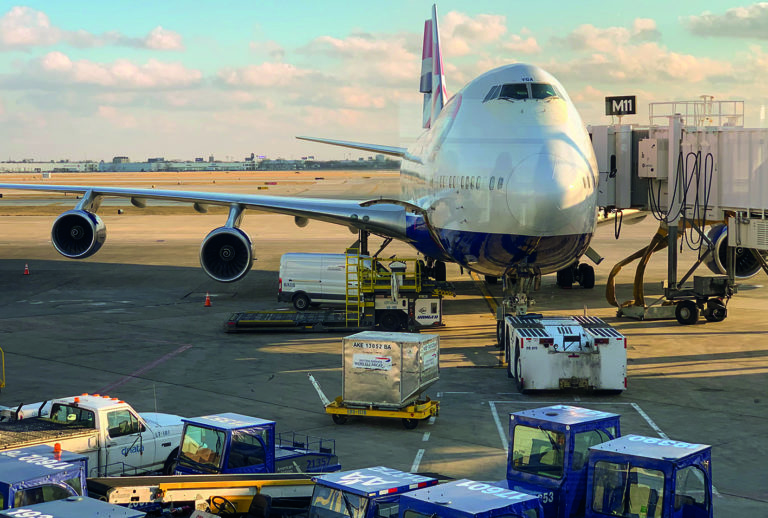The behavioural, welfare and environmental impacts of air travel reductions during and beyond COVID-19

Download
This paper aims, first, to estimate the short-run behavioural, social and environmental impacts of air travel reductions due to COVID-19, and, second, to explore the potential for different policy measures to curb demand and reduce carbon dioxide emissions beyond the lifetime of the pandemic with minimal impacts on welfare.
Focusing on passenger air travel in the UK, the analysis estimates emissions from the aviation sector for the whole of 2020 will be 41.5 per cent lower than the level of that would have occurred had the COVID-19 pandemic had not happened. The authors estimate that this fall in emissions associated with reduced air travel will lead to a relatively small social welfare cost (potentially as low as 9 per cent relative to a situation without COVID-19 – equivalent to a loss of £155 per person). However, the drastic measures associated with the lockdown clearly cannot be used as a long-run strategy to reduce emissions, both for reasons of civil liberty and because the social welfare impacts disproportionately harm people on lower incomes.
Analysis of more pragmatic policy options (namely carbon taxes and frequent flyer levies) shows that demand for low-value flights can be reduced substantially over the next 30 years with minor impacts on welfare, while contributing significantly to carbon emission reductions. In particular, frequent flyer levies are found to have less impact on poorer travellers than a carbon tax, thus acting as a highly progressive way of discouraging excessive carbon dioxide emissions related to air travel. As a result, this kind of policy is likely to be more politically acceptable than a carbon tax charged on all flights.
Key points for decision-makers
- By 2050, aviation threatens to become the single largest source of carbon dioxide emissions in the UK due to rapidly increasing demand.
- The disruption in air travel associated with COVID-19 creates a unique opportunity to consider whether reductions in air travel can be sustained beyond the crisis in order to mitigate carbon dioxide emissions. In particular, decisions government makes in the next few months [from summer 2020] about how to rescue the UK’s ailing airlines will determine if demand for air travel will bounce back to ‘normal’, or if it will follow a more sustainable long-term trajectory.
- The study uses daily flight data, industry forecasts of the recovery, and estimates of the relationship between air traffic and carbon dioxide emissions. This data is combined with a recently developed method for constructing the full demand curve by income quintile to estimate the reductions in social welfare compared with a demand curve for air travel had COVID-19 not occurred.
- The evidence indicates that, over the course of the year 2020, the reductions in air travel due to COVID-19 – which include mandated restrictions as well as self-imposed restrictions by concerned passengers – affect the poorest 40 per cent of the income distribution about twice as much (in relative terms) as the wealthiest 40 per cent. The reasons for this uneven impact is that poorer air travellers tend to fly less, and (in relative terms) highly value those flights they take; in contrast, high-income air travellers tend to fly more regularly, so restrictions may not be felt so keenly.
- By 2050, a frequent flyer levy (in this paper, starting at a real price of £50 per tonne of carbon for the second ‘flight’ and rising by £50 per tonne of carbon for each subsequent ‘flight’ – where one ‘flight’ is equivalent to 2,500km) could potentially reduce carbon emissions by 12.7% compared to a scenario of growth in air travel, with an average loss in welfare of 4.3%. This would include a 16% reduction in welfare among the top income quintile and a 0.7% reduction in welfare among the lowest income quintile.
Current version uploaded 24/7/20.

